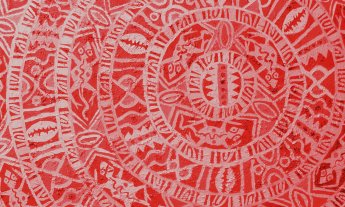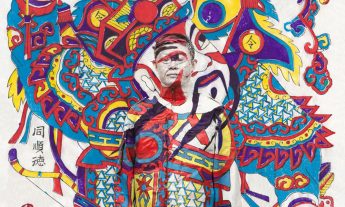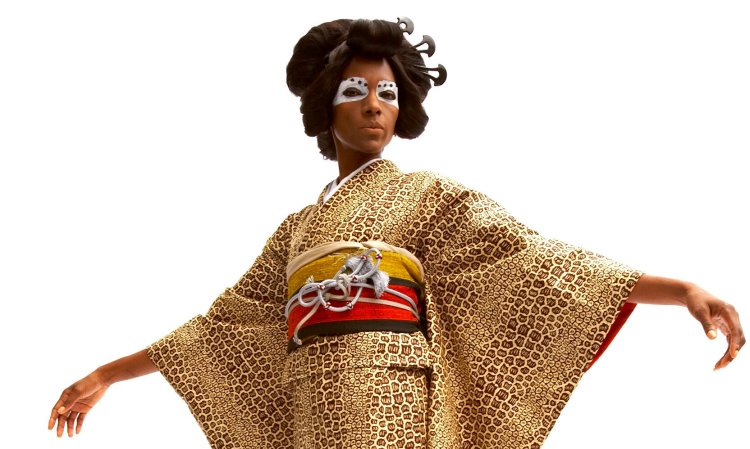
Wax-print cotton kimonos! Lacquer tribal stools! Since living in Japan, Cameroon-born artist Serge Mouangue has been creating the most fascinating aesthetic fusion.
Artist and TED Fellow Serge Mouangue (TEDxConcorde talk: Le kimono africain) is used to moving fluidly among cultures. Born in Cameroon, he and his family immigrated to France when he was a child and he grew up in Paris. After studying applied art and industrial design, he moved to Australia and worked as an industrial designer (and got married). He shifted to the automobile industry, designing cars for Renault in France and then for Nissan in Japan. There, he fell in love with the country and became inspired to fuse aesthetic elements of Japanese and West African culture into a unique endeavor — part design, part performance — he calls WAfrica. Even though he returned to France five years later, he continues to find new expressions for WAfrica, as he explains.
Africa’s culture is rich and deserves to be celebrated. The images of Africa that are commonly seen in the outside world tend to focus on its problems — poverty, conflict, illness — and to overlook the sheer, joyous diversity of its people and cultures. For example, there are thousands of different languages spoken across the continent. Cameroon, where I was born, is a country in West Africa of only 22 million residents (less than seven percent of the US population) but with around 250 different languages. I want to remind people that Africa is rich in so many ways and that it’s where humanity originated.
Japan and Africa share striking cultural similarities. When I lived in Japan, I was often astonished at the many things that felt familiar to me. Animism — the belief that a living spirit is in nature, a god is everywhere — is very strong in both cultures. Social hierarchy and understanding a person’s age and rank are also very important, along with the use of ceremonies and rituals to hold society together. Of course, there are also major cultural differences, like with planning. I found that life in Japan is typically scheduled, where Africans are much more spontaneous.
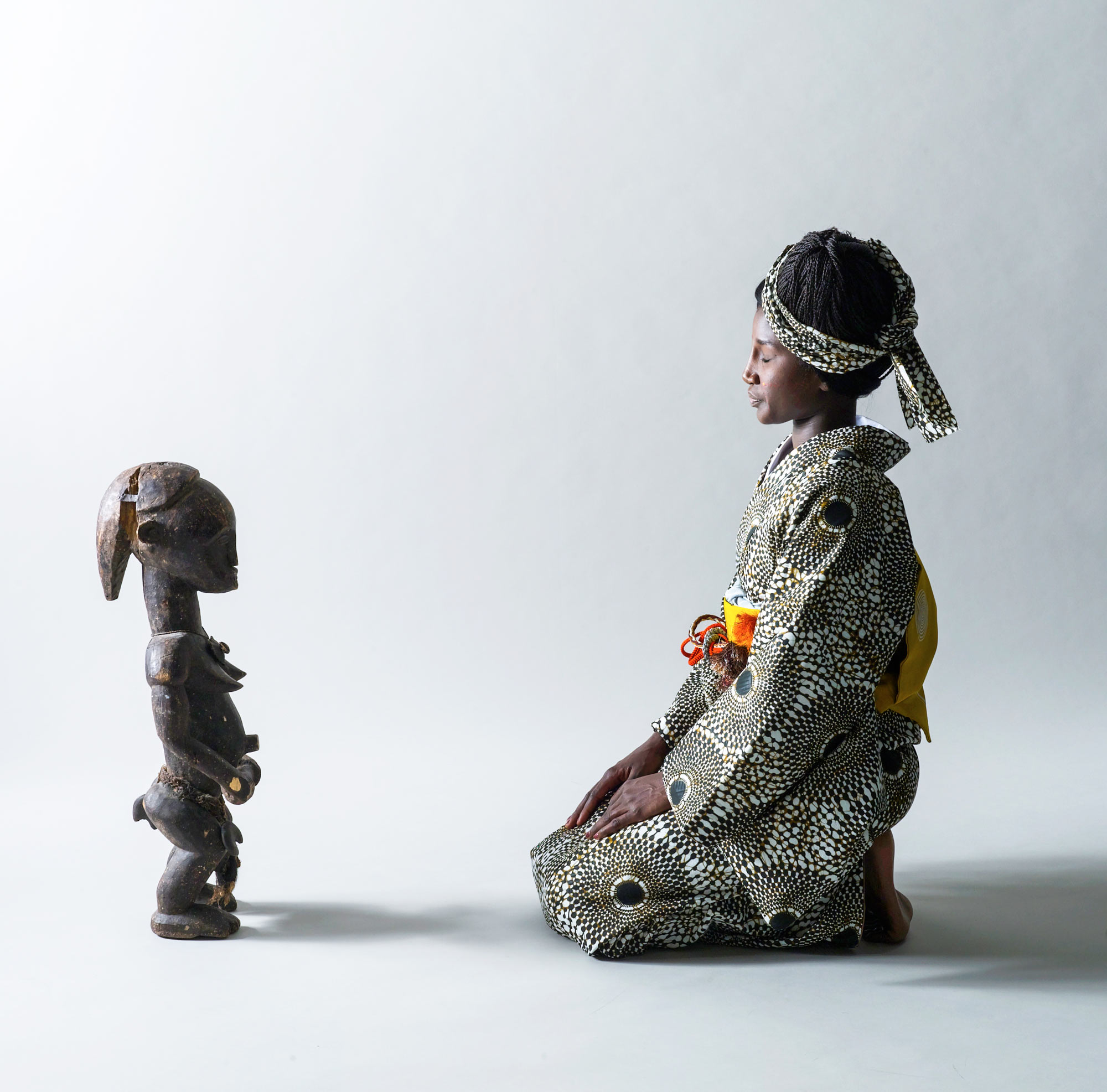
Wearable art is one way to express the meeting of cultures. As a designer, I give shape to things. My official job in Japan was creating concept cars for Nissan, but the artist in me thought, I can’t leave here if I haven’t produced something that tells the story of my life in this country. The first thing I did was to take something iconic from Japan — a kimono — and something iconic from West Africa — brightly patterned wax-print cotton — which I merged into an item that would tell not just a story of two cultures, but a new story in and of itself. It doesn’t belong only to Africa or to Japan, but carves out its own new territory, a third aesthetic.
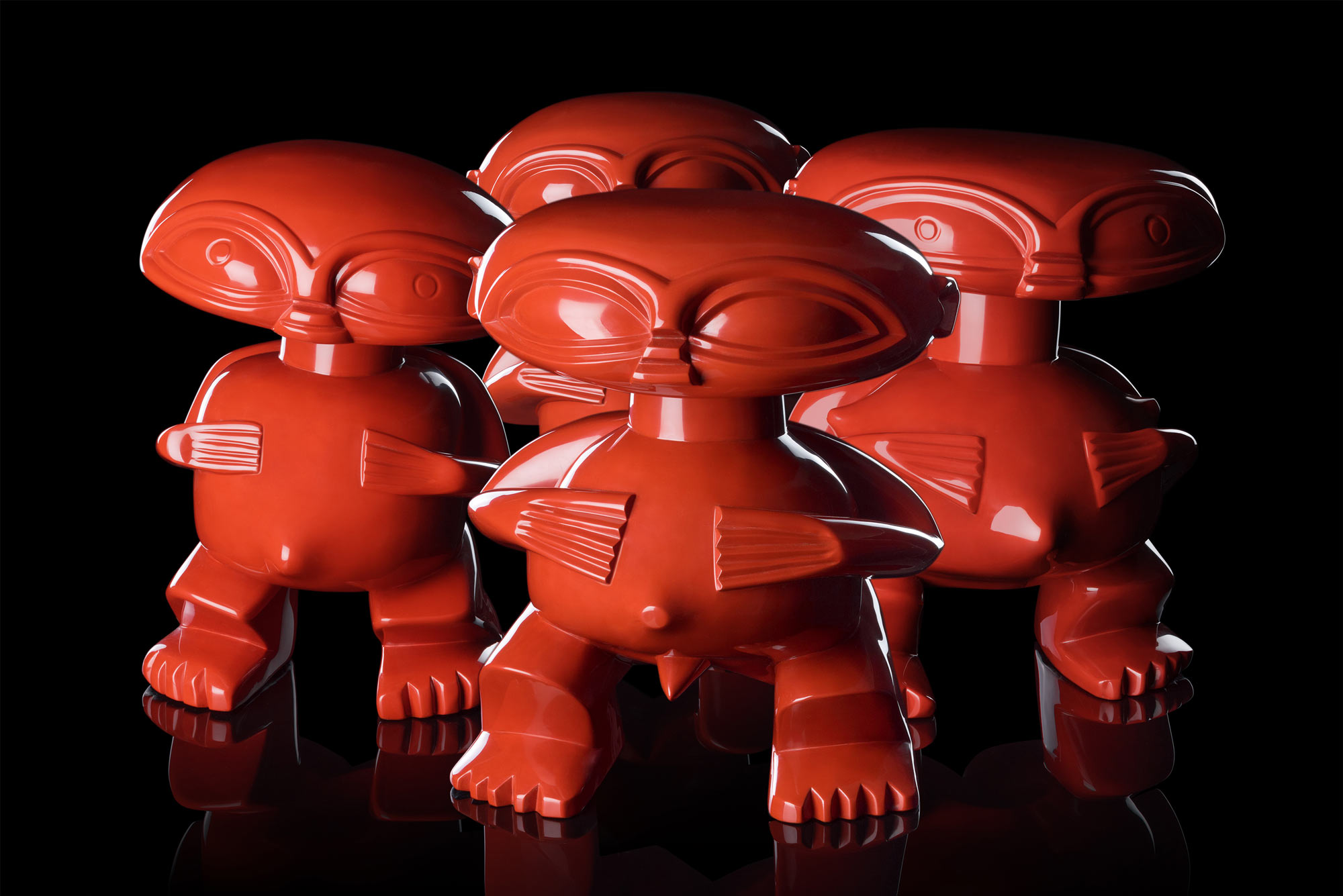
African seating receives a Japanese finish. Next, I decided to combine two specific cultural treasures: thrones and lacquer. In a series called “Blood Brothers,” I took vintage wooden stools — a traditional African item — that had been hand-carved by Pygmy sculptors in southeastern Cameroon and brought them to Masaru Okawara, a ninth-generation lacquer artisan in Japan. The lacquering, which involved applying layers of tree sap followed by rounds of polishing, was a 21-step, two-year process. To me, the project represented the new and enlightened international consciousness that can emerge when unique treasures are juxtaposed.
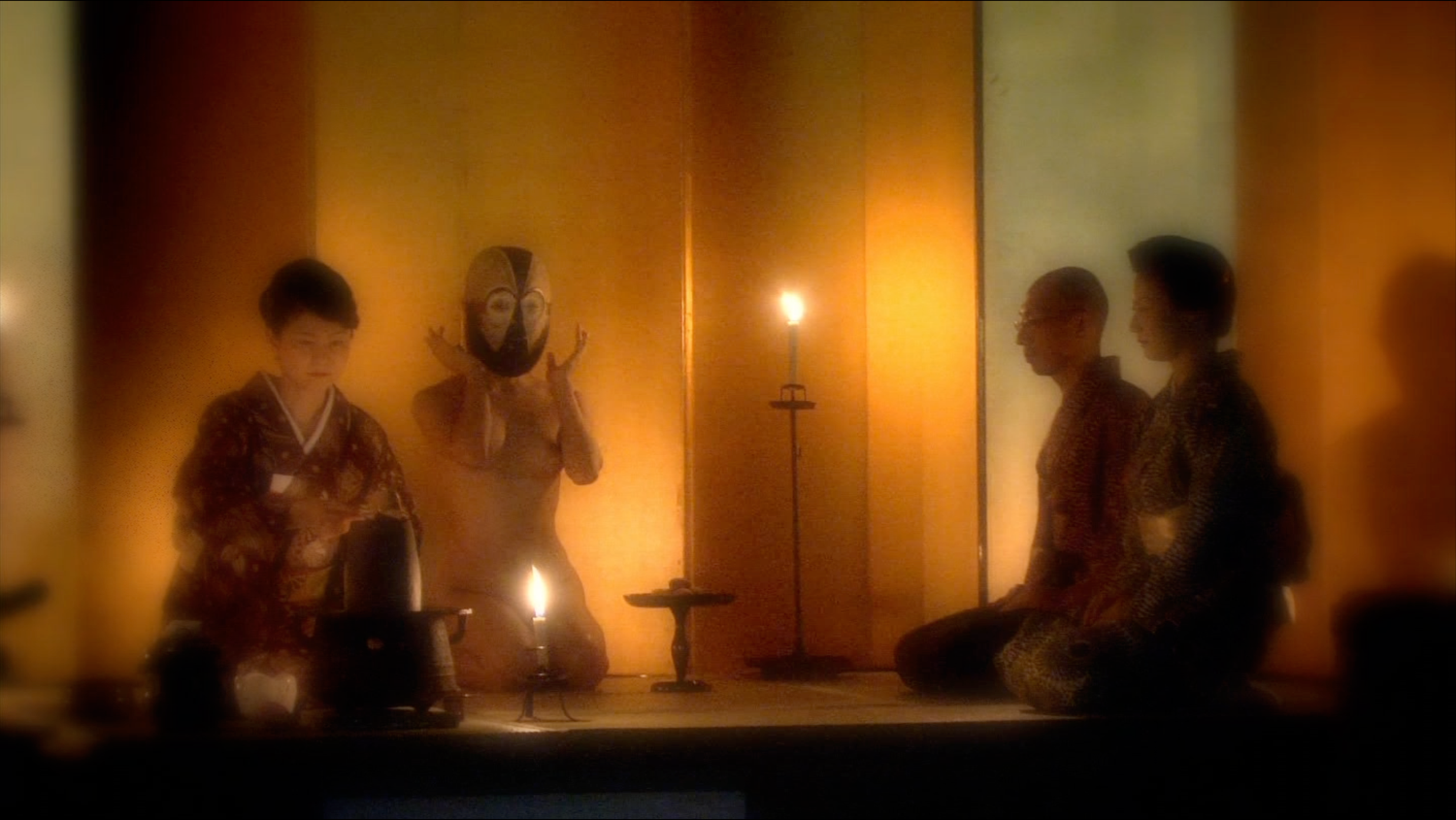
A ritual is infused with different rhythms. There are few events more iconically Japanese than the tea ceremony, which is done with great formality and precision. To connect this most traditional practice with African culture, I staged a live performance in which tea ceremony masters wearing WAfrica kimonos performed the ceremony. At the same time, a single spirit — portrayed by a woman wearing a wooden African mask — danced behind them to the accompaniment of a musician playing the kora – a 21-string, harp-like instrument from West Africa.
Coming soon: butoh, with an African twist. I’m working with a master of Japanese dance in Paris on a live dance performance that will incorporate an African aesthetic into butoh, a 20th-century theatrical dance. I’m also working on a fragrance that will combine a subtle essence from African tropical rainforests with extracts from Japanese mountain flowers, an olfactory way of creating that third aesthetic. I’m also simplifying the WAfrican kimono so it can be worn every day and not just for special occasions.
Cross-cultural values — like the ones expressed in WAfrica — are so important today. Nationalism appears to be rising in France, the US and elsewhere. We’re building walls, and I think this is dangerous. When we fear strangers, that’s when we risk falling into darkness. Meeting a stranger is not a threat – it’s a positive opportunity to know more about yourself, to challenge your old ideas and to embrace new thinking.
All photos from Serge Mouangue.
Serge Mouangue’s work is included in the Cool Japan exhibit at the Museum Volkenkunde in Leiden, the Netherlands, through September 17, 2017.









